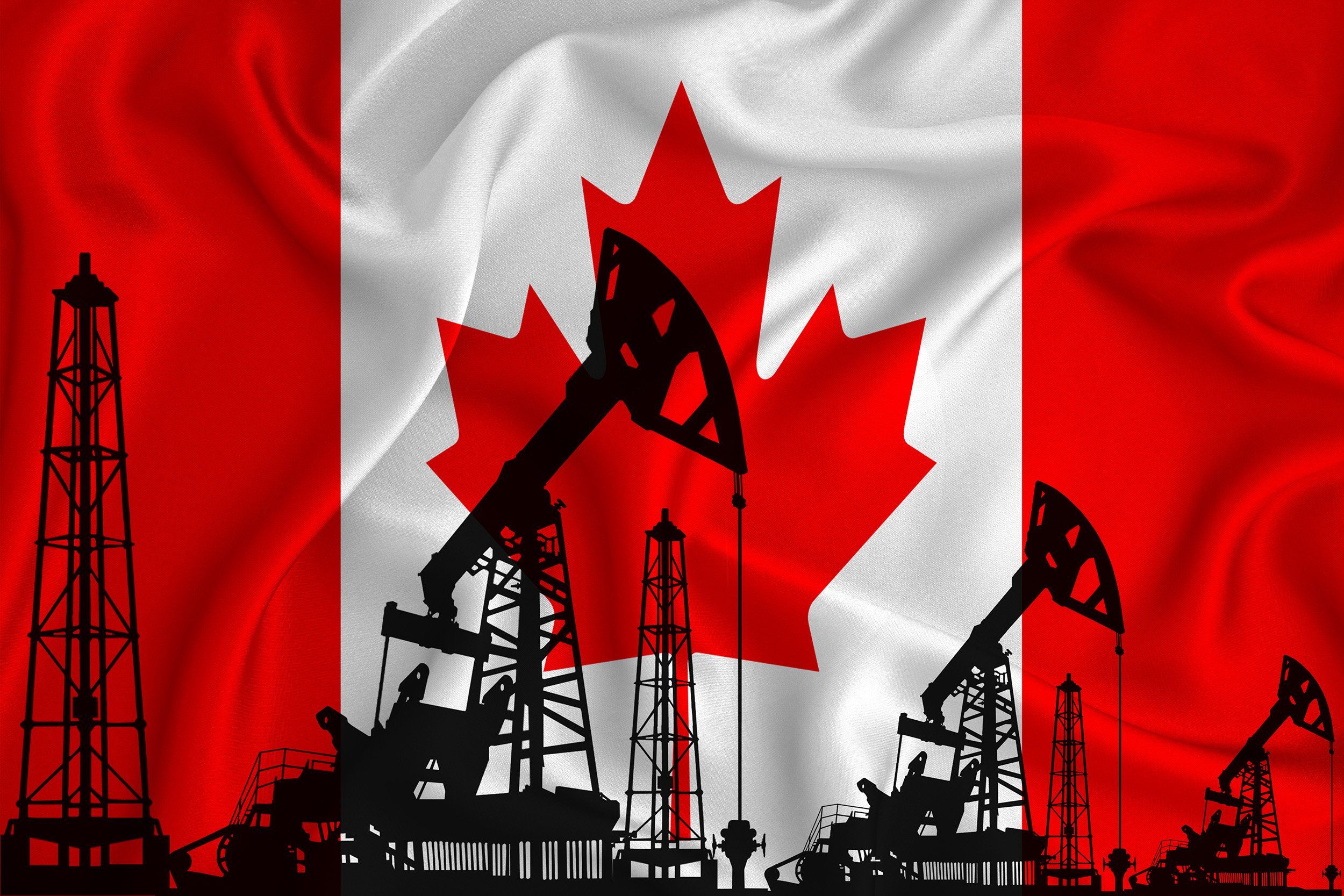- Call comes ahead of World Economic Forum annual meeting
- Schneider-commissioned research finds most companies planning to spend under 2% of revenues on sustainability and decarbonization initiatives
- On the demand side of the energy transition, only 31% of organizations currently push electrification as a way to decarbonize
Rueil-Malmaison (France), January 16, 2023 Schneider Electric the leader in the digital transformation of energy management and automation, today issued an urgent call for governments and companies around the world to accelerate their sustainability action and step up investments into technologies that will help them reduce their carbon emissions and bolster their energy security.
The call comes amid spiking energy prices, an energy supply crisis and fast accelerating climate change, which together pose major challenges for companies, economies and societies around the globe. These challenges form the backdrop for the World Economic Forum's annual meeting in Davos, Switzerland, from 16-20 January, which senior Schneider Electric executives will attend.
"Today's climate and energy crises are an economic reality for ever-increasing numbers of people. As business leaders and policymakers come together at Davos, we must act in our own best long-term, not short-term, interests," said Jean-Pascal Tricoire , Schneider Electric's Chairman and CEO. "We must not avoid the tough decisions. There can be no long-term prosperity without a complete energy transition. At Schneider, our approach is to ‘Digitize Strategize, Decarbonize' - businesses, governments and societies must do this now, to make good on the commitments they have made. "
With 38% of global CO 2 emissions coming from the built environment, and a further 32% from industry 1 , Schneider Electric's products, software and services in the areas of industrial automation and energy management help companies, industries, building managers and households to decarbonize and digitize their energy usage. Schneider Electric also offers deep insights into decarbonization trends and solutions, through surveys, research and in-depth reports compiled by the Schneider Electric Sustainability Research Institute .
An independent survey of more than 500 C-suite executives commissioned by Schneider last year found that corporate sustainability commitments and investments are often hampered by the complexity of decarbonization. On average, the financial commitment to sustainability and decarbonization initiatives across the companies surveyed was less than 2% of projected revenue over the next three years - despite the fact such investments are often efficient and cost-effective, with return on investment often under one to three years.
Respondents highlighted stakeholder alignment, budget, technology, skills and regulation as challenges to sustainability implementation. However, a majority noted that enhanced industrial automation and the upgrading of electrical infrastructure will form a key part of their sustainability plan for the next three years.
Renewable energy procurement is among the top initiatives pursued on the supply side, while electrification – a key demand-side measure – scores low among organizations' sustainability priorities. Alongside electrification, delivering increased efficiency across existing infrastructure through digitization and automation will be among the most important levers in the next decade, being the fastest and most capital-efficient means for many organizations to reduce emissions.
Embracing sustainability as a business imperative, with digital solutions key to navigating the global energy crisis
A further recent Schneider Electric report on the EU's electrification potential found that focusing on sectors in which electrification is both feasible and attractive could raise electricity's share of the energy mix from around 20% to 50%. In turn, the share of natural gas and oil would drop by around 50%, contributing significantly to improved energy security. Schneider Electric offers specific, practical solutions to help companies navigate this transition more quickly and efficiently.
Schneider Electric points out that today's European energy crisis follows decades of secure, reliably available energy and relatively stable pricing. Many are experiencing for the first time unpredictable energy supplies and unaffordable prices, demonstrating a failure both of long-term energy security preparedness, and of the implementation of decarbonization plans. This in turn underscores the importance of reevaluating the entire energy equation, from the supply side (energy transition) to the demand side (energy efficiency).
" Purpose and profits must align to become powerful forces in the fight against climate change ," said Mr. Tricoire. " We already have the technology to avert the energy and climate crises, and to deliver safe, reliable, and sustainable energy distribution and energy use. Our data-driven approach, spanning industrial automation, digitization and the digital twin technology of the enterprise metaverse, combines to unlock a brighter, more sustainable and more prosperous future. The urgency for action has never been greater than it is now ."
About Schneider Electric
Schneider's purpose is to empower all to make the most of our energy and resources, bridging progress and sustainability for all. We call this Life Is On .
Our mission is to be your digital partner for Sustainability and Efficiency .
We drive digital transformation by integrating world-leading process and energy technologies, end-point to cloud connecting products, controls, software and services, across the entire lifecycle, enabling integrated company management, for homes, buildings, data centers, infrastructure and industries.
We are the most local of global companies . We are advocates of open standards and partnership ecosystems that are passionate about our shared Meaningful Purpose, Inclusive and Empowered values.
1 IEA Global Energy Review: CO2 Emissions, 2021


